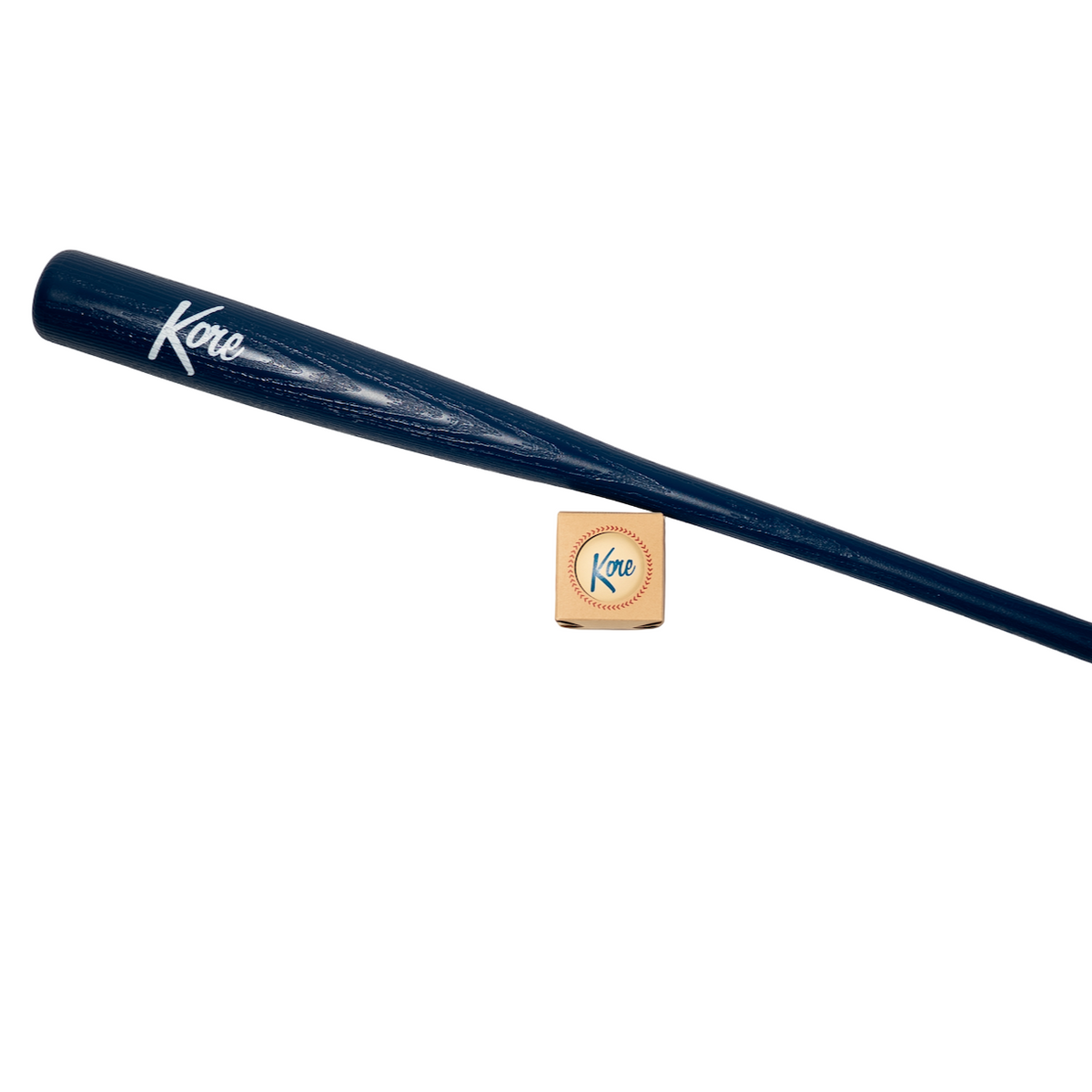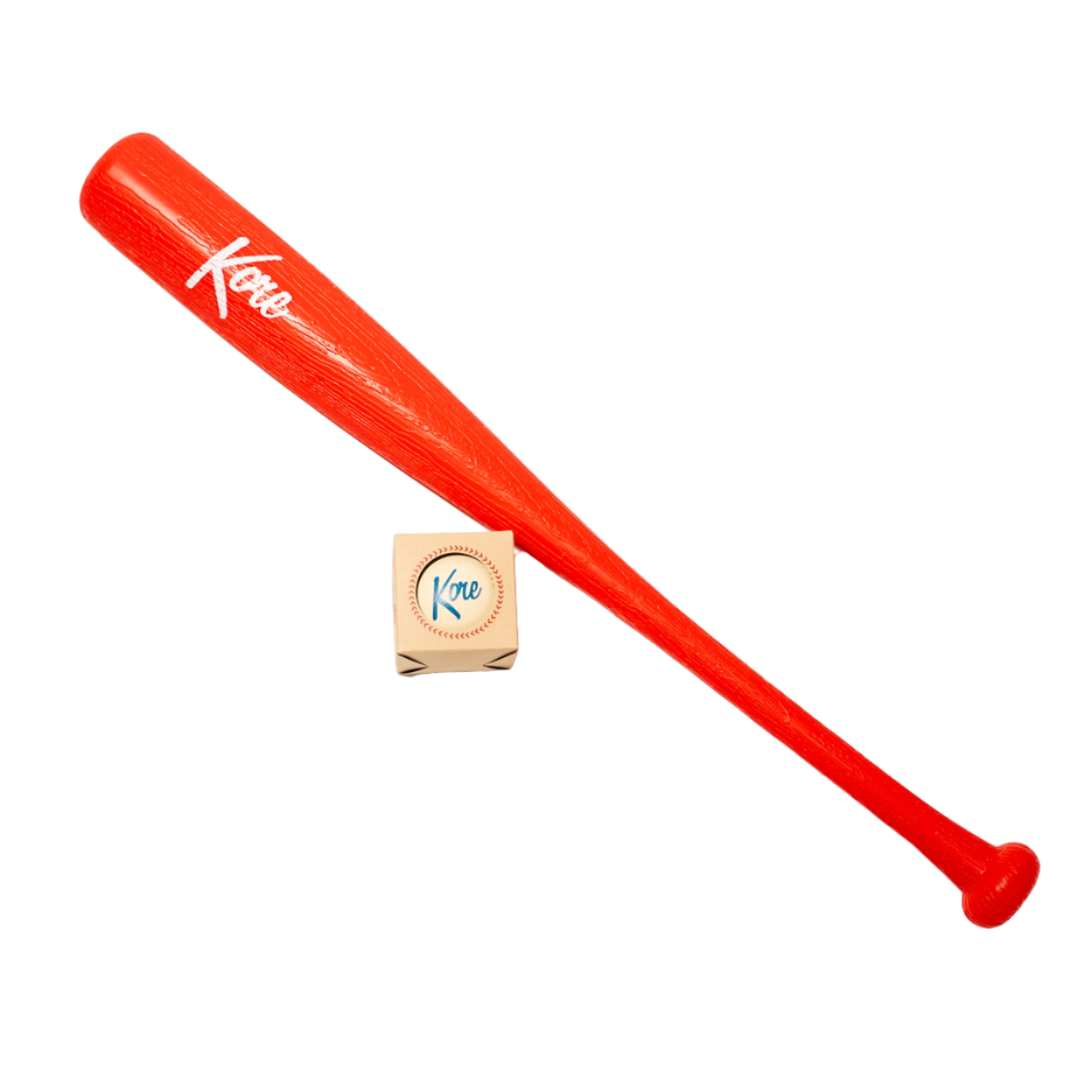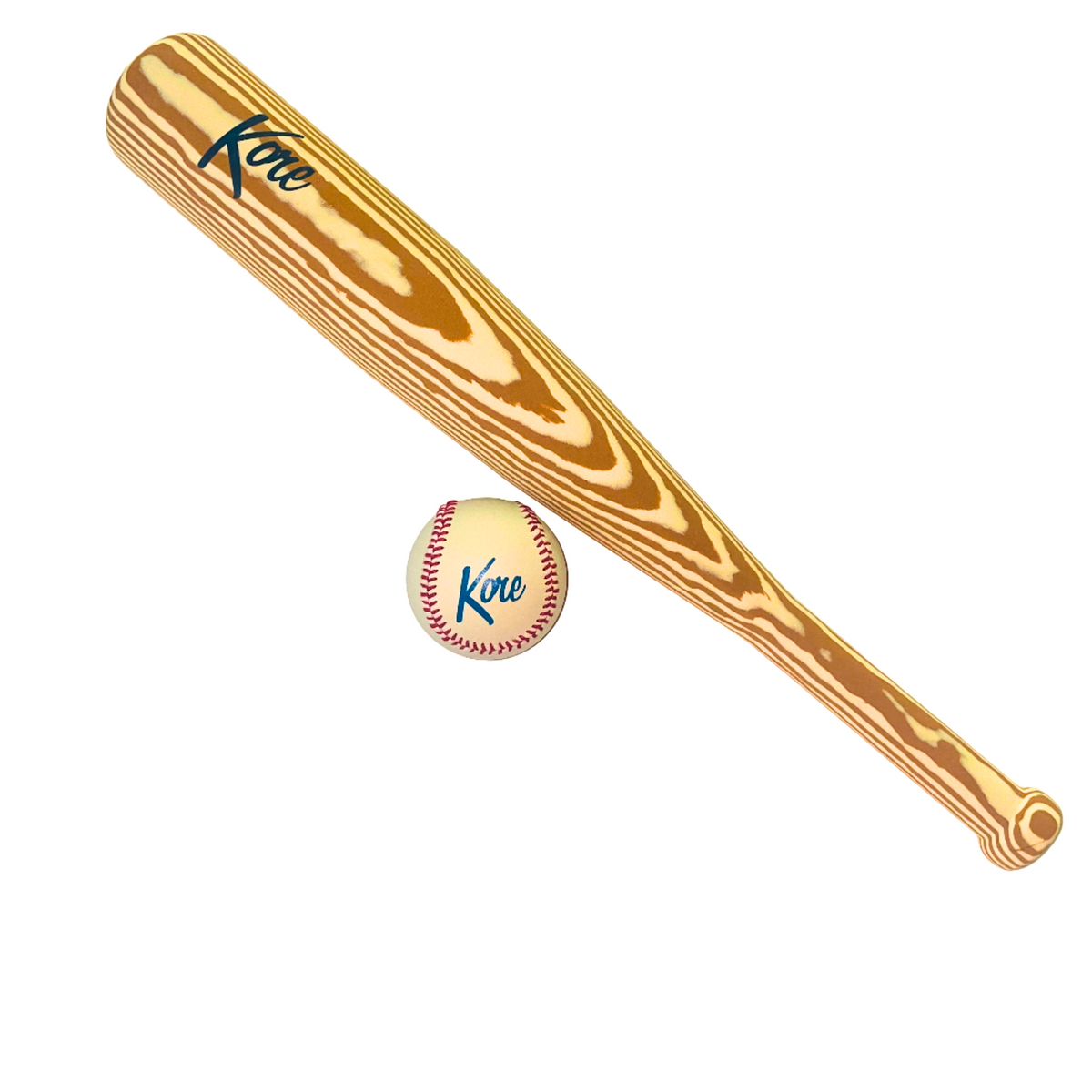Fastball Pitches
When it comes to different types of baseball pitches, fastballs are the foundation of a pitcher's repertoire. Whether it's the four-seam fastball, two-seam fastball, or cut fastball, these pitches are known for their velocity and command. The four-seam fastball is gripped with the fingertips across the horseshoe-shaped seams, allowing for maximum velocity and minimal movement. Pitchers can optimize their four-seam fastballs by perfecting their grip and hand placement, ensuring proper release to generate the desired speed and control. On the other hand, the two-seam fastball is gripped with the index and middle fingers closer to the seams, causing natural movement that can be challenging for hitters to square up. It serves as a vital weapon for inducing ground balls and inducing weak contact. The cut fastball, commonly known as a cutter, is a variation that combines fastball velocity with a slight lateral movement away from the hitter. By altering the grip and release, pitchers can disrupt the batter's timing and achieve better success against hitters who struggle to handle pitches inside. Understanding the techniques and strategic utilization of each type of fastball pitch is key to becoming an effective and well-rounded pitcher.
Breaking Pitches
Breaking pitches, such as the curveball, slider, and changeup, add an element of deception and movement to a pitcher's arsenal. The curveball requires mastering specific grip variations and wrist action to create a sharp downward break. Pitchers have the ability to adjust the amount of break and spin on the ball to keep hitters guessing and off-balance. Similar to the curveball, the slider is a breaking pitch but with different movement characteristics. Pitchers achieve a tighter and more lateral break on the slider, causing it to move horizontally across the plate. Grip and finger positioning play a crucial role in controlling the slider's movement. The changeup is a slower-paced pitch that aims to disrupt the batter's timing and deceive them into swinging early. Changing grip and arm action are the key factors in delivering an effective changeup. It helps create variation in speed and movement compared to the fastball, keeping hitters off balance. Each of these breaking pitches offers its own distinct qualities and strategic advantages, making them essential tools for pitchers aiming to keep hitters guessing and generate outs.
Specialty Pitches
While fastball and breaking pitches form the core repertoire, specialty pitches add an extra layer of uniqueness to a pitcher's arsenal. The knuckleball is a pitch that relies on the lack of spin to create unpredictable and wobbling movement. Its unusual grip and release techniques, such as placing pressure on the fingertips, make it challenging to master. However, pitchers who can control the knuckleball effectively have had tremendous success in befuddling hitters. Notable names like Tim Wakefield and R.A. Dickey have showcased the effectiveness of this pitch.
Another specialty pitch is the splitter or forkball, which is thrown with a split-finger grip. The split-finger positioning helps create downward and sinking movement that can induce ground balls or swings and misses. Each pitcher may use a slightly different grip and release technique, but the goal remains the same – to take advantage of the pitch's natural sinking action. Pitchers like Roger Clemens and Masahiro Tanaka have utilized the splitter/forkball as a weapon throughout their careers.
Strategic Considerations
Understanding different types of baseball pitches is not just about mastering the mechanics and grips, but also about strategic decision-making on the field. Pitch sequencing refers to the order in which pitches are thrown to keep hitters off balance and guessing. By strategically mixing different pitch types and locations, pitchers can exploit hitter weaknesses and maximize their effectiveness. Analyzing scouting reports, observing hitter tendencies, and communicating effectively with catchers play vital roles in executing pitch sequences successfully.
Identifying hitter weaknesses is another strategic aspect that pitchers must factor in. By analyzing a batter's strengths and weaknesses, pitchers can tailor their pitch selection and location to exploit those weaknesses. Some hitters struggle with breaking pitches, while others may have difficulty hitting fastballs. As pitchers gain experience and study their opponents, they can better exploit these tendencies and make the necessary adjustments during a game.
Lastly, pitcher-catcher communication is crucial for successful game plan execution. By establishing a solid rapport and understanding, pitchers and catchers can effectively work together to strategize and call pitches that will give the team the best chance of success. Clear communication on pitch selection, location, and any adjustments mid-game is imperative for achieving the desired outcome.
Conclusion
Mastering different types of baseball pitches is a journey that involves honing mechanics, grips, and strategic thinking. Whether it's the various fastballs, breaking pitches, or specialty pitches, each type brings its own set of advantages and challenges for pitchers to overcome. By investing time in learning and perfecting these pitch variations, pitchers can elevate their game, keep hitters off balance, and maximize their potential on the mound. Continued practice, experimentation, and learning from successful pitchers can further enhance a player's skill set in different types of baseball pitches. So, grab a ball, choose some grips, and get ready to dominate the game with your diverse pitching arsenal!





